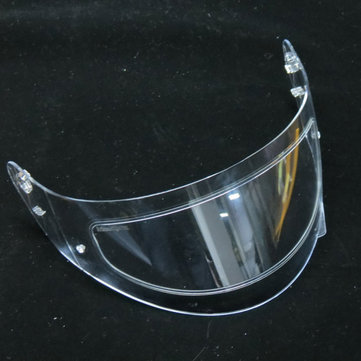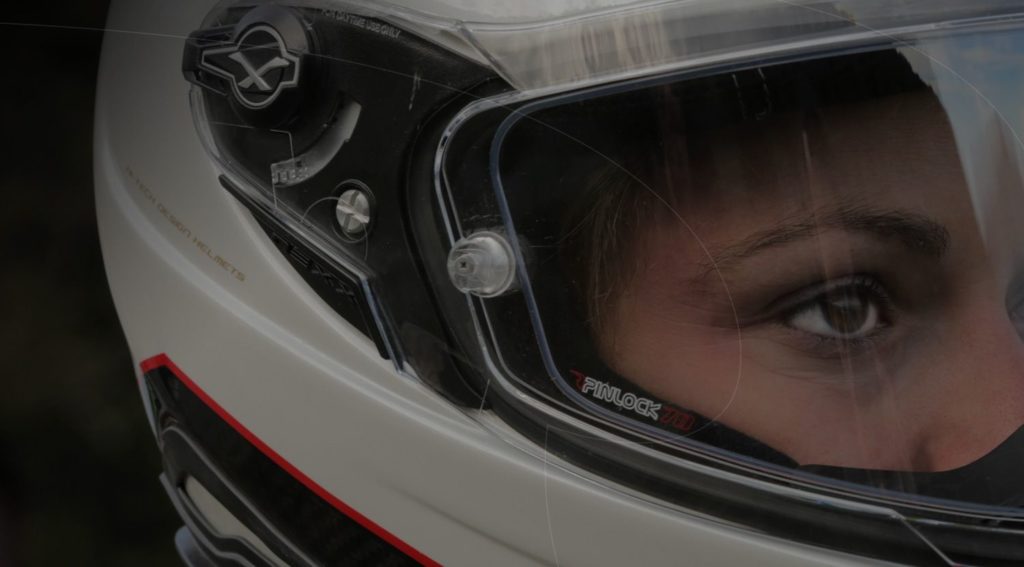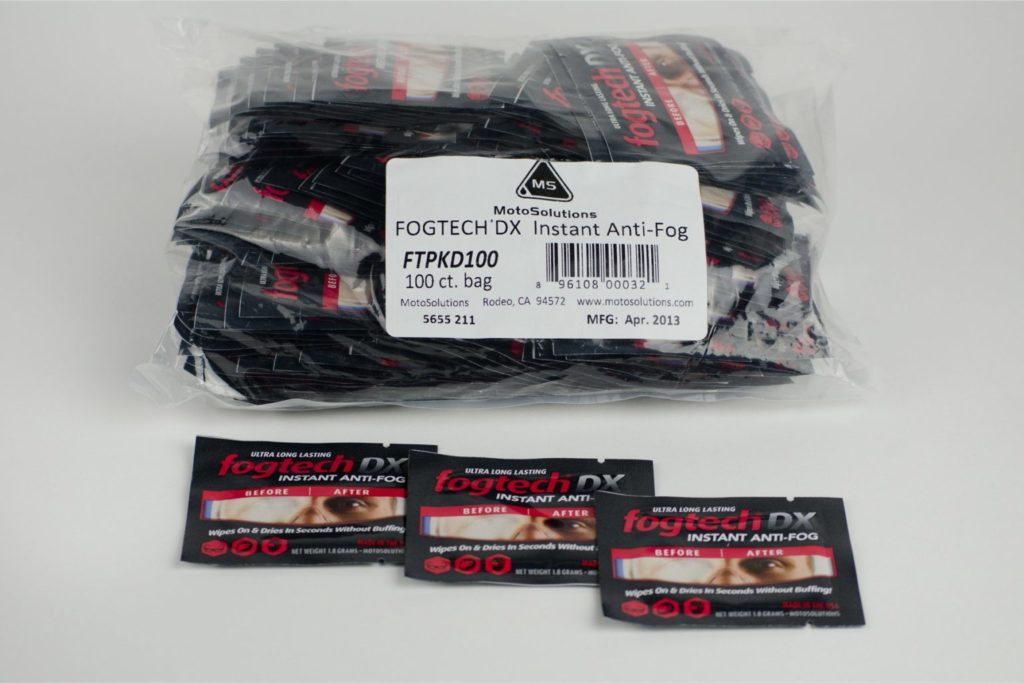As a rider, you must do whatever you can to stay safe during your journey. The first step is to ensure that your perception is consistently unimpeded. Cruiser helmet visor fogging is a significant wellbeing issue. The buildup is the crucial reason for fogging inside your helmet visor. The downpour, the chill from winds, and cold air will likewise significantly bring down the temperature of your visor. Subsequently, the dampness from the air you breathe out when the visor is on will consolidate on a superficial level. Since your whole head is encased with the helmet, the air that you inhaled out will get caught inside the helmet and make fog or fog. This fog condition deteriorates during the chilly climate.
Numerous advanced cruiser helmets have highlights that forestall fogging. They incorporate air vents, visors that prop two or three centimeters, nose/breath gatekeepers, and anti-fog visors or inserts. If your helmet doesn’t have these highlights, there are things you can do to ensure your bill see is in every case clear. We realize that it is so irritating to have a helmet visor that keeps fogging up, so we’ll offer you arrangements and tips for the most extreme perceivability.
11 Ways To Stop Helmet Visor Fogging
1. Ventilation

The least expensive path to an unmistakable visor is ventilation. Expanding ventilation is one approach to keep the fog from creating inside your helmet visor. Open any vents that are accessible. On the off chance that that isn’t sufficient, you can prop open your visor somewhat to guarantee that the air you breathed out goes straightforwardly outside the helmet. It doesn’t need to be a colossal hole. If your helmet has a jawline spoiler, they are generally removable, making it an effort for more air.
When you ride at rapid, the expanded ventilation will drive the breathed-out air away. If it downpours? If you open the viewfinder, your face will be wet. The ideal path is to open the visor somewhat utilizing the indent on the helmet visor. You can use a piece of Blu-Tack on the base front gap that keeps the visor from shutting under wind tension at roadway speeds.
The opening of vents explicitly located around your jaw is another way to expand ventilation. Doing this strategy will disperse the air from your view; better because you can remove this piece for legitimate ventilation, the off-possibility that your helmet has a removable jawline bar.
2. Visor inserts

Some cruiser helmets accompany anti-fog visor inserts when you get them. If not, check your visor for minimal plastic “pins” within or the helmet bundling for the words “Pinlock-prepared.” At that point, you can fit a Pinlock embed. If not, you can likewise purchase inserts that stick on. These inserts seal an air pocket of air to keep the visor clear. Be mindful to adhere to cleaning directions and don’t utilize visor cleaners on them. Likewise, know that they can be destroyed by dust, so keep the visor shut. These inserts can cost however much a substitution visor yet merit each penny.
3. Anti-Fog Inserts
Small and transparent plastic sheets are antifog inserts that somehow are attached to the inside of the viewer. They prevent the build-up inside of your view from fogging up. These inserts are hydrophilic, retaining the moisture properly and keeping everything transparent. We accept that anti-fog inserts are the best answer for a fog-free helmet visor. There are numerous forms accessible available, yet they all capacity similarly.
4. Anti-fogging masks

Face masks can likewise forestall fogging, albeit not every one of them functions admirably. Some of them, in reality, direct your breath straight up and can fog your glasses or the highest point of the visor! There are explicit fog masks accessible that have a “breather” that focuses down, and they fit intently across your nose and cheeks. Test it in-store before purchasing. Put on the cover and your helmet; at that point, breathe vigorously.
5. Pinlock Lens

The Pinlock anti-fog focal point is another sort of addition that can be introduced inside the principle visor. It makes a twin layering effect that helps maintain a similar temperature between the exterior and inside the viewfinder. That ensures that even on chilly, wet days, your visor may remain sealed.
The Pinlock focal point is typically made of a natural and clear material, which is worked with a silicon edge. Locate the focus point on the two sides of the primary visor between the plastic pins. The silicone edge binds with the viewfinder to keep the dampness between the two areas from being caught.
On chilly days and evenings, the best advantage of Pinlock is its warmth. No humidity collects at the point when it stays hotter than the basic helmet. Many bike helmets as of now remember Pinlocks for the bundle. On the off chance that you need a helmet that incorporates a Pinlock, searches for Pinlock empowered helmets. These helmets have little Pinlock finding posts previously set inside the visor.
6. Visor treatments
Keeping your visor clean will help forestall fog, particularly on the off chance that you utilize anti-fogging treatments and cleaners. There are numerous items accessible. They, for the most part, contain wax or silicone. You can likewise get anti-fog treatments for glasses that are in some cases less expensive than a similar cruiser-related item. It is critical to similarly treat your glasses or shades with the treatment. There is no reason for having a fog-free visor yet fogged glasses. Ensure you apply them regularly.
7. Visor exterior
Remember to clean the outside of your visor. Typically fogging happens when it is coming down, and there is no point keeping within fog-free when the outside is canvassed in downpour and street oil. There is a great deal of silicone-based helmet visors and vehicle windscreen cleaners that assist downpour dot off. By and by, vehicle items are regularly less expensive than cruiser items. I like the wipes since you can take one with you in a plastic sandwich sack in your pocket to reapply on the run. They can likewise be utilized on your bicycle’s windscreen if you have one. You ought to likewise intermittently turning your head somewhat to one side and right while keeping your eyes making a course to help the downpour globule off the focal point of your visor.
8. Anti-Fog Sprays

There are numerous anti-fog sprays and treatments accessible available today. These items mean to prevent the fog from working inside your visor briefly. The larger part of these products utilizes a compound tensile agent to break the water surface stress, thus disappearing the water and giving a detailed panorama. Since the outcome is just brief, you may have to reapply the anti-fog splash after 24-72hours. Preferably, you need to treat your helmet visor with this shower each time before use. To apply, basically clean your helmet visor at that point, splash the anti-fog arrangement equitably, and dry.
This brief anti-fog arrangement is reasonable for individuals who seldom ride in wet conditions. Nonetheless, you may have to consider the following alternative if riding a motorbike is your interest or way of life.
9. Anti-Fog Coating
How about we get this straight: the anti-fog coating is anything but a perpetual arrangement, yet it’s more drawn out enduring than an anti-fog splash. The anti-fog layer can keep going for around 1-2 years. In any case, this is a superior alternative on the off chance that you would prefer not to reapply the anti-fog splash before each utilization.
There’s no issue in applying the anti-fog coating because the maker will use it themselves. For the most part, the producer may utilize different evaluations of hydrophilic fixings to dispense with fogging on the helmet visor.
10. Anti-Fog Wipes

One most ideal approach to forestall fogging up in your visor is to clean the grime and repulse the water. Dampness is one significant reason for fog, so you’ll need to dispose of it at all expense. To eliminate dampness and soil development, utilize an anti-fog wipe. These wipes attempt to prevent the fog from setting in.
11. Water Repellents
Another anti-fogging arrangement is to utilize water repellents. These water repellents use synthetics to forestall fogging inside your helmet visor. Besides using them for your helmet visor, you can likewise use these items to clean your glasses or scenes.
Conclusion
Helmet producers do view fogging appropriately because not seeing the street plainly can be hazardous. Thus, the writing is on the wall – significant hints on the best way to stop your helmet visor fogging up. Because of innovation, numerous arrangements are accessible to tackle this fogging issue. Although a portion of the above formats requires a touch of speculation, they work like something – to keep your viewfinder fog-free, so you can look better, cycle safely, and achieve your target in one piece.
The prior you figure out how to keep your helmet visor free of dampness and fogging, the better your riding encounters will get. Anti-fog inserts, Pinlocks, and anti-fog sprays are probably the best answers for visors that fog up when wet and cold.






